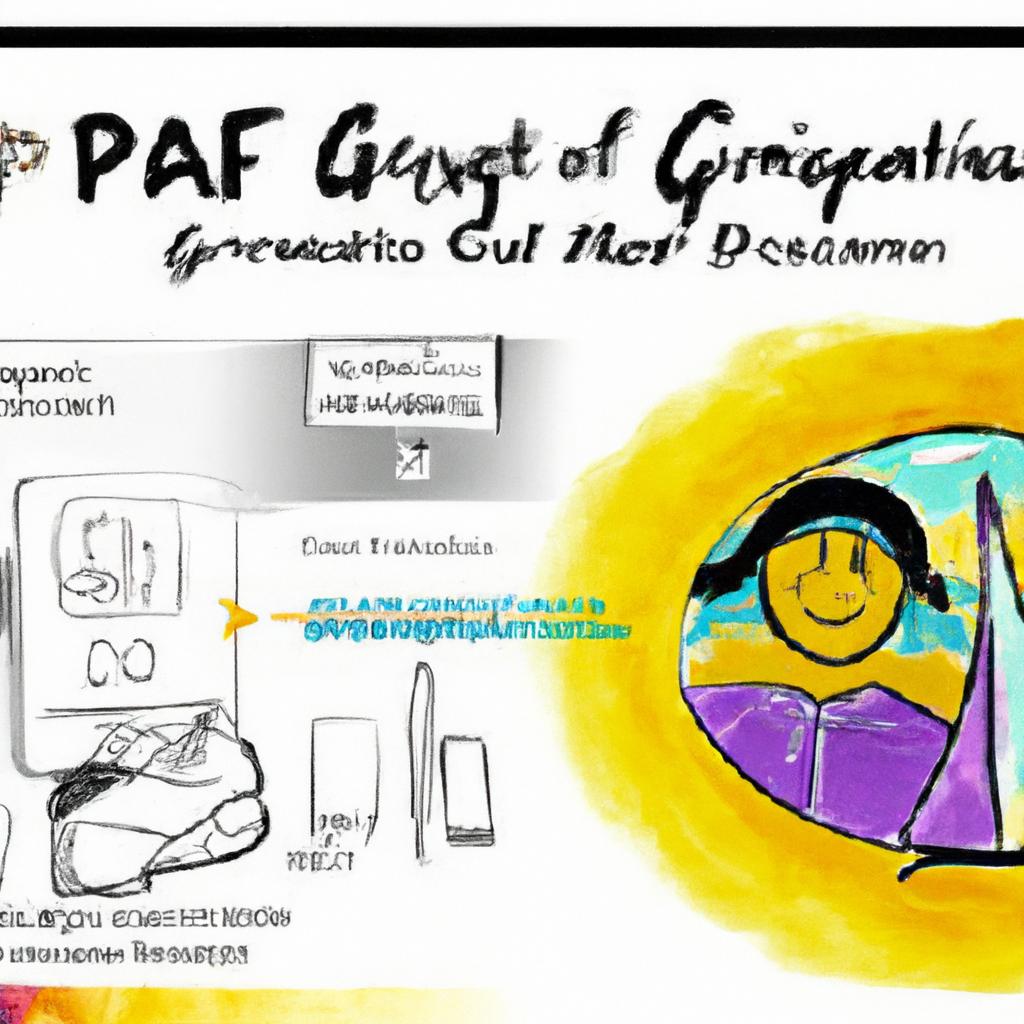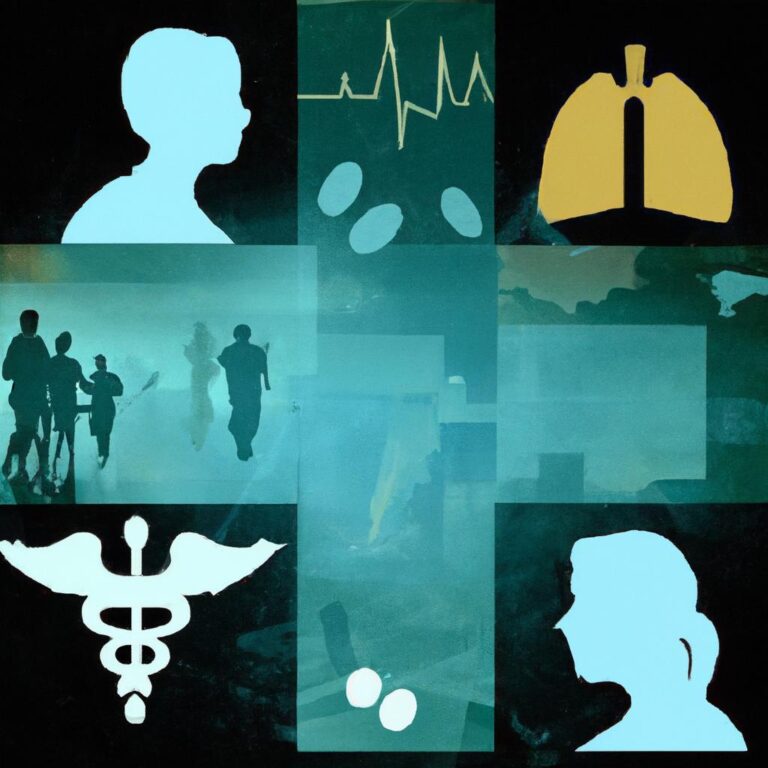In an era where technological advancements promise to reshape our lives, the realm of healthcare remains a landscape riddled with challenges that are both complex and deeply personal. “Bridging the Gap: Navigating Healthcare’s Access and Cost” aims to illuminate the intricate web connecting the availability of medical services and their often prohibitive costs. As individuals from diverse backgrounds seek the elusive balance between quality care and financial feasibility, the disparities in access become increasingly pronounced. Here, we delve into the multifaceted factors that influence these gaps, from systemic barriers to innovative solutions that offer hope. Join us on this exploration, as we seek to understand the current landscape of healthcare access and cost, and envision a future where quality care is not just a privilege for the few, but a right for all.
Understanding the Landscape of Healthcare Accessibility
The landscape of healthcare accessibility is multifaceted, influenced by a variety of factors that affect both the availability of services and the affordability for patients. One of the primary barriers to access is geographic disparity, where individuals in rural or underserved areas face significant challenges in reaching healthcare facilities. Additionally, modern healthcare systems grapple with ensuring that information about available services is effectively communicated to all demographics. This often results in a situation where potential patients are unaware of the care options at their disposal, contributing to further inequities in health outcomes.
Moreover, financial concerns play a pivotal role in determining access to healthcare services. Many patients are deterred by high out-of-pocket costs, even with insurance coverage. A brief overview of key financial barriers includes:
- High premiums and deductibles that deter individuals from seeking necessary care.
- Cost of medications which can lead to patients skipping doses or avoiding prescriptions altogether.
- Transportation costs that may prevent individuals from accessing distant healthcare facilities.
Addressing these issues requires a comprehensive approach that includes policy change, community outreach, and innovative solutions to promote equitable access across the board.

The Financial Barriers: Unpacking the True Cost of Care
The financial landscape of healthcare is often a maze filled with hidden costs and unexpected expenses. Many people approach medical care not just with health concerns but with a growing sense of anxiety about their finances. Understanding the true cost of care requires looking beyond just the price of a doctor’s visit or a surgical procedure. Patients must also consider:
- Insurance Co-pays: The out-of-pocket expenses that accumulate with each visit can quickly add up.
- Medications: Prescription drugs can vary dramatically in cost, often leading to tough choices.
- Diagnostic Tests: Imaging and lab tests frequently come with hefty price tags not always covered by insurance.
- Follow-up Care: Ongoing treatments and therapies can turn short-term healthcare decisions into long-term financial commitments.
Navigating these expenses requires not only awareness but also strategic planning to mitigate their impact. A practical approach might include understanding the intricacies of health insurance plans, exploring payment options, and identifying available financial assistance programs. Below is a summary of common healthcare costs and considerations:
| Expense Type | Average Cost | Potential Savings |
|---|---|---|
| Doctor’s Visit | $150 | Utilize community health clinics |
| Prescription Medication | $300/month | Ask for generics or discount programs |
| Emergency Room | $1,200 | Seek urgent care when possible |
| Outpatient Procedure | $5,000 | Shop around for lower-cost facilities |

Innovative Solutions for Equitable Healthcare Access
Transformative technologies and community-driven initiatives are paving the way for improved healthcare access. By leveraging telemedicine, mobile health apps, and artificial intelligence, we can reduce barriers that prevent individuals from seeking care. These tools allow patients to connect with healthcare providers from the comfort of their homes, thus eliminating travel costs and time constraints. Moreover, innovative programs like community health worker (CHW) models empower local volunteers to bridge the gap between patients and the healthcare system, ensuring that underserved communities receive the support they need.
Furthermore, a focus on transparent pricing and insurance literacy is critical in making healthcare more accessible. Patients often face hidden costs that deter them from seeking necessary treatments. By implementing straightforward pricing models and offering resources to enhance understanding of insurance options, we can equip consumers with the knowledge they need to make informed decisions. To illustrate this, consider the following table that outlines various strategies and their potential impact on healthcare access:
| Strategy | Impact |
|---|---|
| Telehealth Services | Increased patient engagement and reduced travel costs |
| Community Health Workers | Enhanced trust and accessibility in marginalized populations |
| Transparent Pricing | Reduction in surprise medical bills and increased trust |
| Health Literacy Programs | Improved patient outcomes through educated decision-making |

Empowering Communities: Strategies for Sustainable Change
Community empowerment in healthcare hinges on cooperative strategies that address both access and affordability. By fostering local partnerships, healthcare providers can enhance service delivery and tailor solutions directly to community needs. Key initiatives can include:
- Community Health Worker Programs: Training local residents to provide basic health education, support, and navigation services.
- Mobile Clinics: Bringing healthcare services to underserved areas, reducing the gap caused by transportation and distance.
- Telehealth Services: Utilizing technology to connect patients with healthcare professionals, making it easier for individuals to access care without the need for travel.
Additionally, integrating educational workshops within communities can foster informed decision-making about health options. Financial literacy programs focusing on navigating healthcare costs can empower individuals to understand and manage their expenses better. To illustrate this, consider the following table that outlines potential barriers and corresponding solutions:
| Barrier | Solution |
|---|---|
| High healthcare costs | Sliding scale payment options through local clinics |
| Limited awareness of available services | Community outreach programs and health fairs |
| Transportation issues | Partnerships with ride-sharing services or local transport |
Final Thoughts
As we conclude our exploration of “Bridging the Gap: Navigating Healthcare’s Access and Cost,” it becomes clear that the journey toward an equitable healthcare system is both complex and compelling. Each insight gained serves as a building block in the larger framework of reform, highlighting the critical need for collaboration among policymakers, healthcare providers, and communities.
The challenges of access and affordability are not just numbers on a spreadsheet but are deeply intertwined with the health and well-being of individuals and families. By fostering dialogue and innovation, we can begin to dismantle the barriers that hinder so many from receiving the care they deserve.
As we look ahead, let us carry forward the urgency of this mission. Change may be gradual, but every step taken brings us closer to a system that honors the fundamental right to health for all. Together, we can illuminate paths forward, bridging divides and ensuring that healthcare becomes a cornerstone of justice and equality. The call to action is clear: the time for change is now, and indeed, it begins with us.

